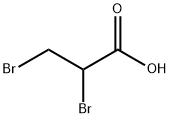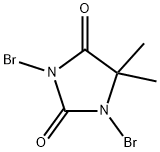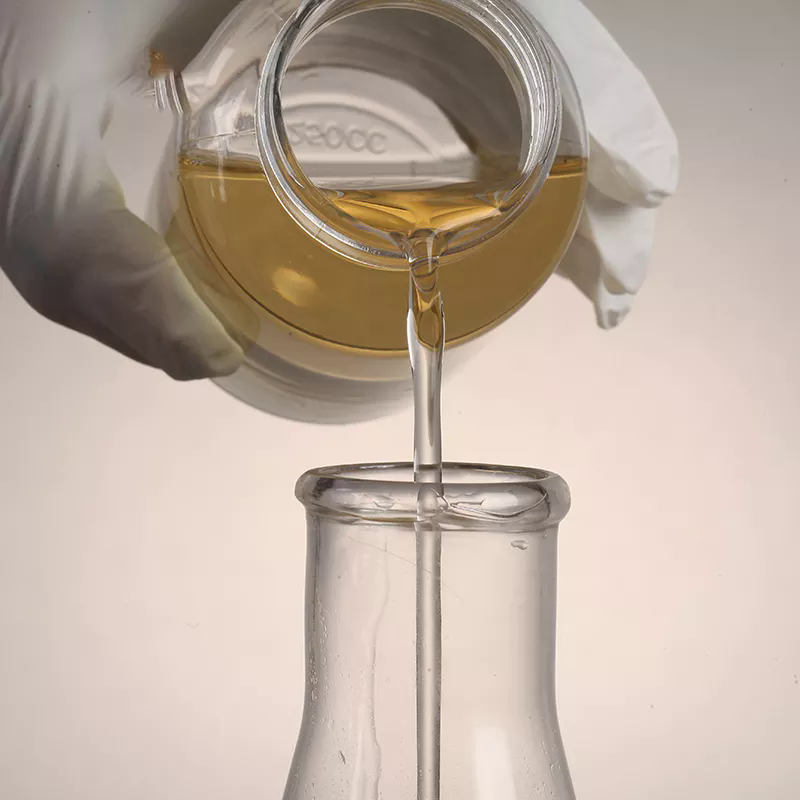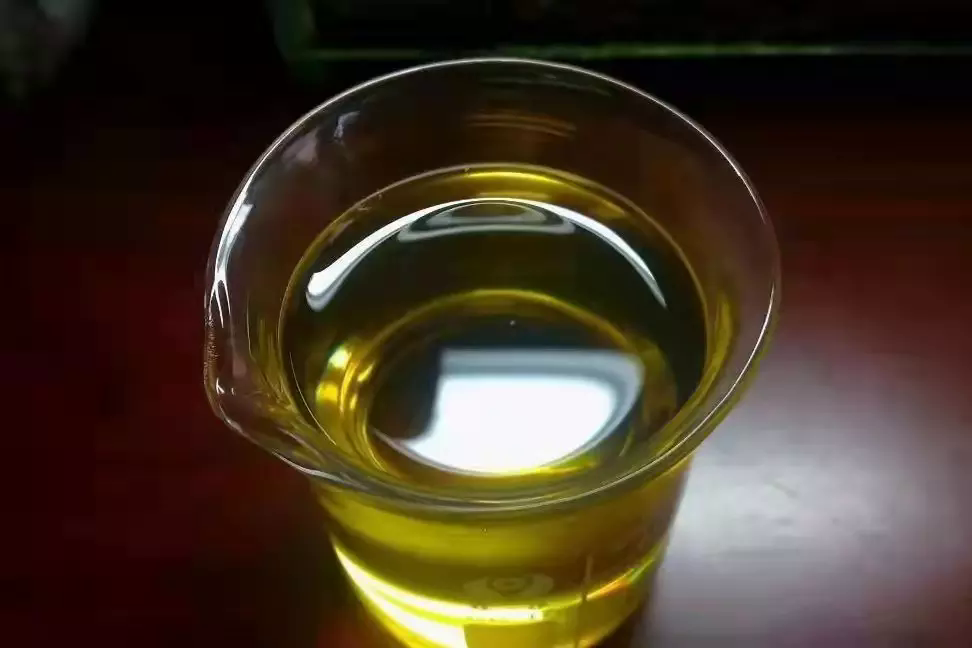1,2-Dibromopropane
Synonym(s):Propylene dibromide
- CAS NO.:78-75-1
- Empirical Formula: C3H6Br2
- Molecular Weight: 201.89
- MDL number: MFCD00000148
- EINECS: 201-139-1
- SAFETY DATA SHEET (SDS)
- Update Date: 2025-09-25 17:15:13

What is 1,2-Dibromopropane?
Chemical properties
1,2-Dibromopropane is considered non-flammable and non-explosive liquid.
The Uses of 1,2-Dibromopropane
1,2-Dibromopropane is used in organic synthesis and solvent. It was used to study the effect of reductant concentration, reductant contact time and suspension pH on reductive dechlorination of carbon tetrachloride by soil manipulated with Fe(II) and HS-. It was used as internal standard during the determination of nitrogenous disinfection byproduct trichloronitromethane by gas chromatography mass spectrometry.
What are the applications of Application
Photodissociation dynamics of 1,2-dibromopropane at 234 and 265 nm has been investigated by using velocity map ion imaging method. 1,2-Dibromopropane was used to study the effect of reductant concentration, reductant contact time and suspension pH on reductive dechlorination of carbon tetrachloride by soil manipulated with Fe(II) andHS-. It was used as internal standard during the determination of nitrogenous disinfection byproduct trichloronitromethane by gas chromatography mass spectrometry.
Preparation
1,2-Dibromopropane is synthesized from bromopropane by bromination.
First mix bromopropane and iron powder, heat to 40-50°C, slowly add bromine, and continue to reflux for 2h after adding. Then, the iron slag was filtered off, and the filtrate was washed several times with water, once with 5% sodium carbonate solution, and then with 5% sodium thiosulfate solution to remove free bromine. Dry with anhydrous calcium chloride. Fractional distillation, collecting 139-142 ℃ fraction is the finished product of 1,2-dibromopropane.
General Description
1,2-dibromopropane is a colorless liquid. Prepared from propyl bromide and Br in the presence of AlCl3 or AlBr3. (NTP, 1992)
Air & Water Reactions
Insoluble in water.
Reactivity Profile
Halogenated aliphatic compounds, such as 1,2-Dibromopropane, are moderately or very reactive. Reactivity generally decreases with increased degree of substitution of halogen for hydrogen atoms. Materials in this group may be incompatible with strong oxidizing and reducing agents. Also, they may be incompatible with many amines, nitrides, azo/diazo compounds, alkali metals, and epoxides. 1,2-Dibromopropane is considered nonflammable.
Fire Hazard
1,2-Dibromopropane is considered non-flammable.
Biochem/physiol Actions
1,2-Dibromopropane induces hepatotoxicity and immunotoxicity in female BALB/c mice.
Properties of 1,2-Dibromopropane
| Melting point: | -55 °C |
| Boiling point: | 140-142 °C(lit.) |
| Density | 1.937 g/mL at 25 °C(lit.) |
| refractive index | n |
| Flash point: | 35 °C |
| storage temp. | Flammables area |
| solubility | organic solvents: miscible |
| form | clear liquid |
| color | Colorless to Light yellow to Light orange |
| Water Solubility | slightly soluble |
| Merck | 14,7853 |
| BRN | 1718884 |
| Dielectric constant | 4.2999999999999998 |
| Stability: | Stable. Flammable. Incompatible with strong oxidizing agents, strong bases, magnesium. |
| CAS DataBase Reference | 78-75-1(CAS DataBase Reference) |
| NIST Chemistry Reference | Propane, 1,2-dibromo-(78-75-1) |
| EPA Substance Registry System | 1,2-Dibromopropane (78-75-1) |
Safety information for 1,2-Dibromopropane
| Signal word | Warning |
| Pictogram(s) |
 Flame Flammables GHS02  Exclamation Mark Irritant GHS07  Environment GHS09 |
| GHS Hazard Statements |
H226:Flammable liquids H315:Skin corrosion/irritation H319:Serious eye damage/eye irritation H411:Hazardous to the aquatic environment, long-term hazard |
| Precautionary Statement Codes |
P210:Keep away from heat/sparks/open flames/hot surfaces. — No smoking. P273:Avoid release to the environment. P301+P312:IF SWALLOWED: call a POISON CENTER or doctor/physician IF you feel unwell. P303+P361+P353:IF ON SKIN (or hair): Remove/Take off Immediately all contaminated clothing. Rinse SKIN with water/shower. P305+P351+P338:IF IN EYES: Rinse cautiously with water for several minutes. Remove contact lenses, if present and easy to do. Continuerinsing. |
Computed Descriptors for 1,2-Dibromopropane
1,2-Dibromopropane manufacturer
ASM Organics
New Products
Indole Methyl Resin tert-butyl 9-methoxy-3-azaspiro[5.5]undecane-3-carboxylate Boc-His(Boc)-OH 2-CTC Resin 4-Chloro-7-tosy1-7Hpyrrolo[2,3-d]pyrimidine 5,7-Dibromo-1H-indole 2,5-dichloro-N-hydroxy-4,6-dimethylpyridine-3-carboximidamide 2,2-Dimethoxy-7-azaspiro[3.5]nonane hydrochloride 4-chloromethyl-5-methyl-1,3-dioxol-2-one (DMDO-Cl) R-2-BENZYLOXY PROPIONIC ACID 1,1’-CARBONYLDIIMIDAZOLE 1,1’-CARBONYLDI (1,2-4 TRIAZOLE) N-METHYL INDAZOLE-3-CARBOXYLIC ACID 4-((2-hydroxyethyl)thio)benzoic acid 1-(TERT-BUTOXYCARBONYL)-2-PYRROLIDINONE Methyl 6-methylnicotinate 3-Pyridineacrylic acid tert-Butyl carbazate TETRAHYDRO-2H-PYRAN-3-OL 2-((4-morpholinophenylamino) (methylthio) methylene) malononitrile 3-(4-morpholinophenylamino)-5-amino-1H-pyrazole-4-carbonitrile 2,4-dihydroxybenzaldehyde 1,3-Diethyl-1,3-Diphenylurea Methyl 2-methylquinoline-6-carboxylateRelated products of tetrahydrofuran








You may like
-
 78-75-1 99%View Details
78-75-1 99%View Details
78-75-1 -
 1,2-Dibromo-propane 98%View Details
1,2-Dibromo-propane 98%View Details
78-75-1 -
 1,2-Dibromo-propane 78-75-1 98%View Details
1,2-Dibromo-propane 78-75-1 98%View Details
78-75-1 -
 1,2-Dibromopropane, 98% 99%View Details
1,2-Dibromopropane, 98% 99%View Details
78-75-1 -
 1,2-Dibromopropane CAS 78-75-1View Details
1,2-Dibromopropane CAS 78-75-1View Details
78-75-1 -
 1,2-Dibromopropane CAS 78-75-1View Details
1,2-Dibromopropane CAS 78-75-1View Details
78-75-1 -
 Pyridine 99.5% HPLC /UV SpectroscopyView Details
Pyridine 99.5% HPLC /UV SpectroscopyView Details
110-86-1 -
 Thiourea 99% ARView Details
Thiourea 99% ARView Details
62-56-6
